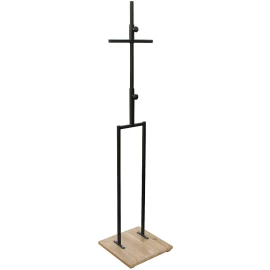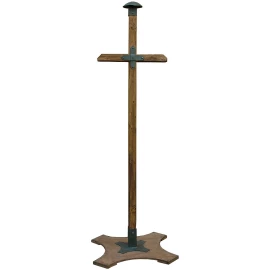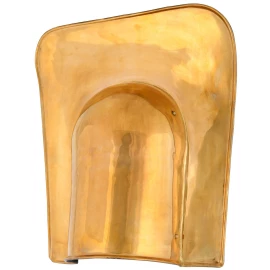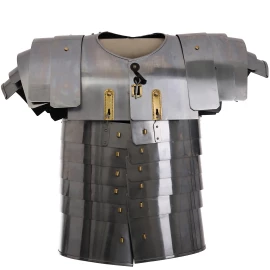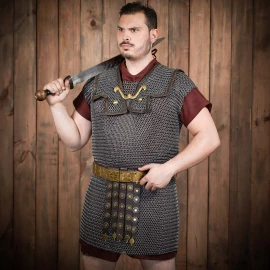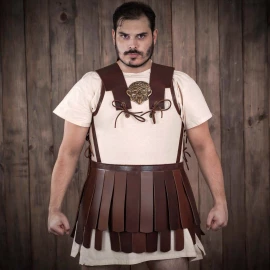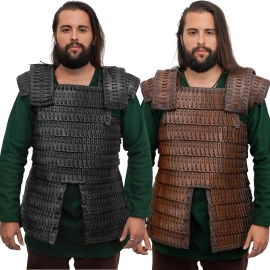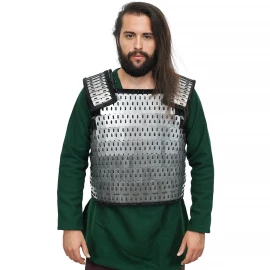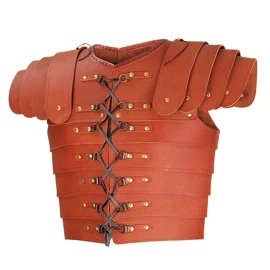Plate armour
Are you interested in medieval times of valiant knights devoted to their lords? Do you attend the historical battle re-enactments? Would you like to have mysterious armour at his castle? Take a look at this category "Plate armour." You will find full plate armour, half armour, decorative armour, antiquity armour and also special armour stands.
Filter products
Plate armour
Warriors riding on the horseback were called as the knights in the Middle Ages. Heavy metal outfit of a knight consisted of a (full-suit of) plate armour, a helmet and a shield. Medieval knights were armed with swords, daggers, lances, sometimes also with axes, hammers and maces. Medieval knights were brave, loyal and generous.
European leaders in armouring techniques were northern Italians and southern Germans in the 15th century. Finger gauntlets and helmets called sallets were parts of the German plate armour. Mitten gauntlets and helmets called armets, bascinets and barbutes were parts of the Italian plate armour. Italian armour was also more rounded.
Armour was already used in ancient times. Hoplites were soldiers of Ancient Greek states who were primarily armed as spearmen. They wore armour similar to lighter plate armour of medieval knights. Armour of hoplites was composed of a metal armour, shin-guard, helmet and big shield. Every metal part of armour was underlaid with leather. Roman legionaries wore laminated armour called lorica segmentata. The metal parts of the armour were attached to the leather and enabled quite free move. Roman warriors were equipped also with a helmet and a shield besides this laminated armour.
We offer full plate armour, half armour, decorative armour, antiquity armour and also special armour stands in category “Plate armour”.

